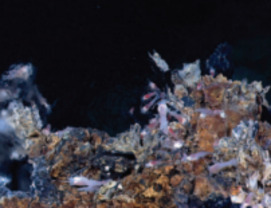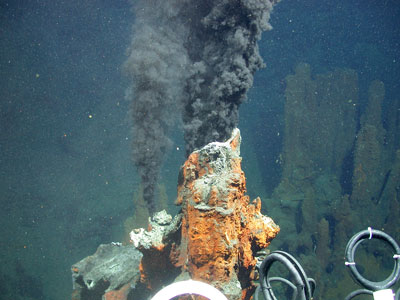Serpentinites, Hydrogen, and Life
The process of serpentinization creates strongly reducing conditions and produces fluids that are highly enriched in molecular hydrogen and methane. Some microorganisms are able to exploit these compounds to gain metabolic energy and to generate biomass, leading to the development of biological communities based on chemical energy rather than photosynthesis. The abundance of chemical energy and favorable conditions for organic synthesis make serpentinites a strong candidate for the site of the origin of life on Earth, as well as a prime target in the search for life elsewhere in our Solar System
Serpentinites, Hydrogen, and Life Read More »



